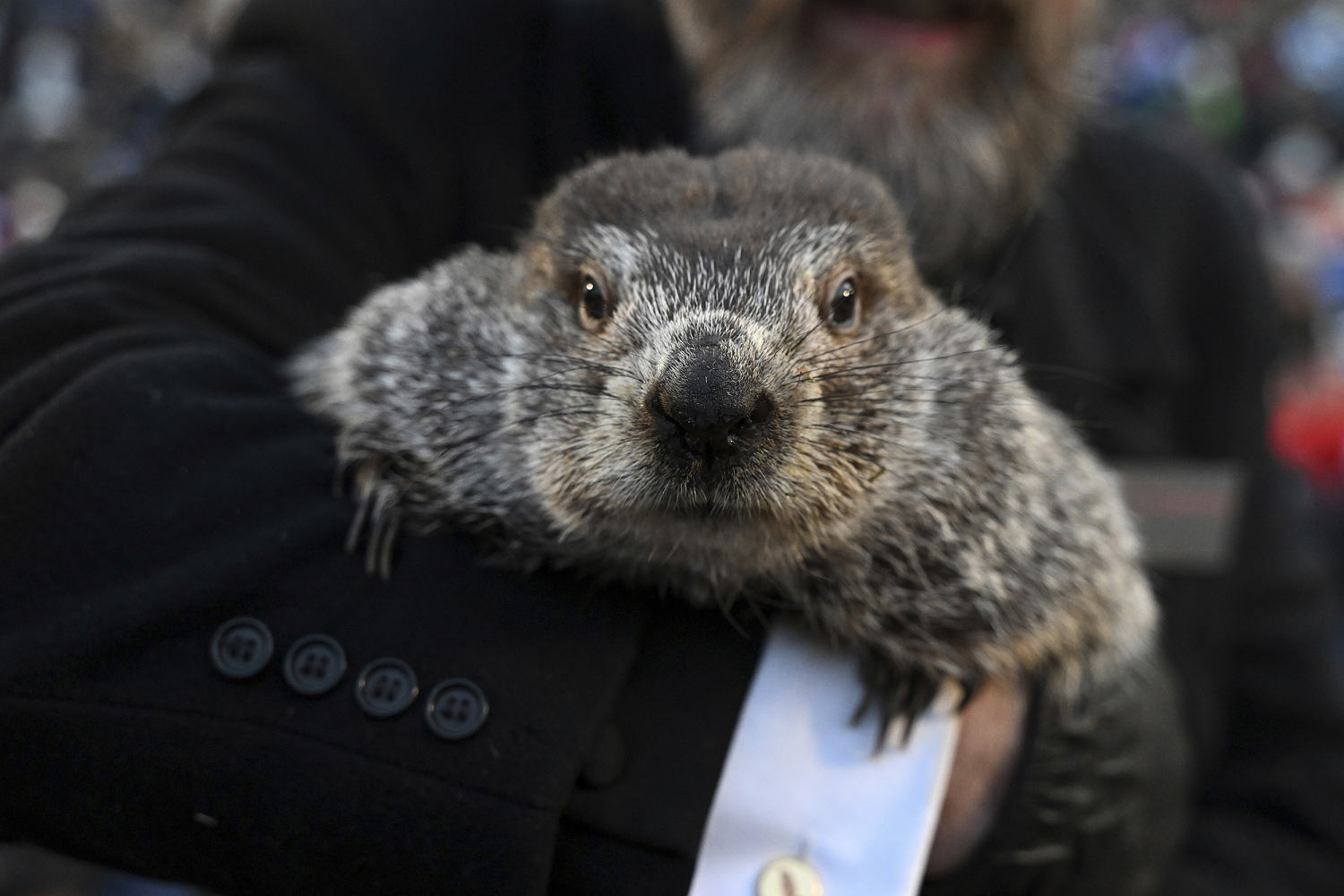
Pennsylvania’s Punxsutawney Phil might be the most well-known weather-predicting groundhog, but a new list casts doubt on his accuracy. Phil did so poorly that even nonliving critters outshine him at forecasting an early spring.
Phil, guided by handlers and his shadow-based predictions, came in 17th out of 19 critters ranked by National Oceanic and Atmospheric Administration’s National Centers for Environmental Information‘s accuracy ranking list.
So, which groundhogs excel at predicting longer winters?
New York’s Staten Island Chuck topped NOAA’s list with an impressive 85% accuracy rate, followed by Georgia’s General Beauregard Lee in second at 80%, and Wyoming’s Lander Li — a bronze statue of a prairie dog — in third at 75%. Phil came in at 17th out of 19 — behind a trio of taxidermied groundhogs — with an accuracy rate of just 35%, NOAA said.
More from NBC Philadelphia:
“Although he is not the most accurate seasonal prognosticator, we would be remiss not to honor the longest-running weather-forecasting groundhog in the United States, Punxsutawney Phil,” NOAA wrote. “A beloved national celebrity, legend has it that he has been prophesying when spring would arrive from his burrow on Gobler’s Knob since 1887. How has he lived for so long? The answer is simple… the “groundhog nog” fed to him each fall at Punxsutawney’s annual Groundhog Picnic.”
How do critters make the cut for NOAA’s weather-predicting ‘groundhogs’ list?
According to NOAA, qualifying critters must meet two key criteria:
They must have a track record of at least 20 years of Feb. 2 prognostications.
They must still be active as of Feb. 2, 2024.
“These groundhogs — along with a tortoise, whose emergence from his winter brumation (hibernation for reptiles) foretells the coming of Spring, and a Prairie dog statue, whose shadow at sunrise predicts how long it will be until Spring arrives — have been graded and ranked based on their accuracy over the past 20 years, using the March temperature averages for the U.S. each year from 2005 to 2024,” NOAA noted.
Will Phil get it right in 2025?
Find out on Sunday, Feb. 2, 2025, when Phil makes his prediction —shadow means six more weeks of winter!








